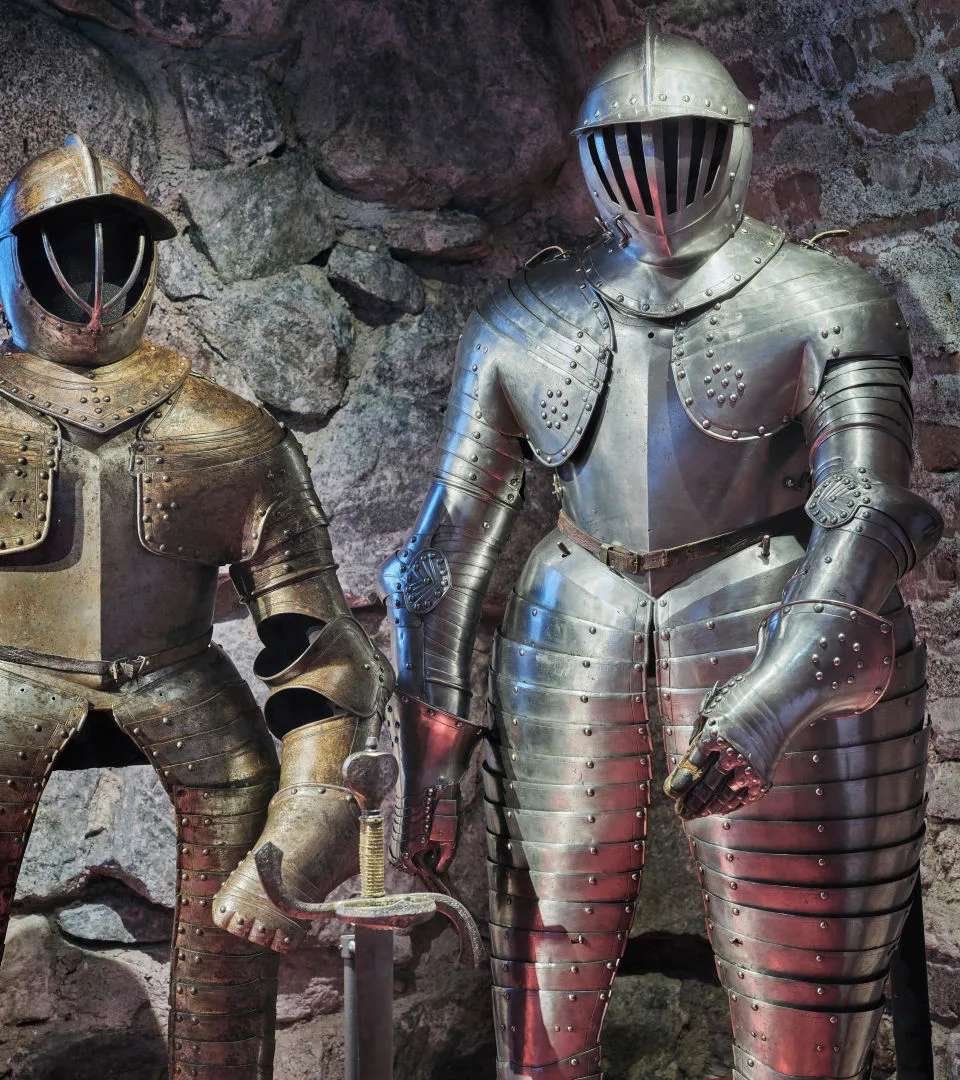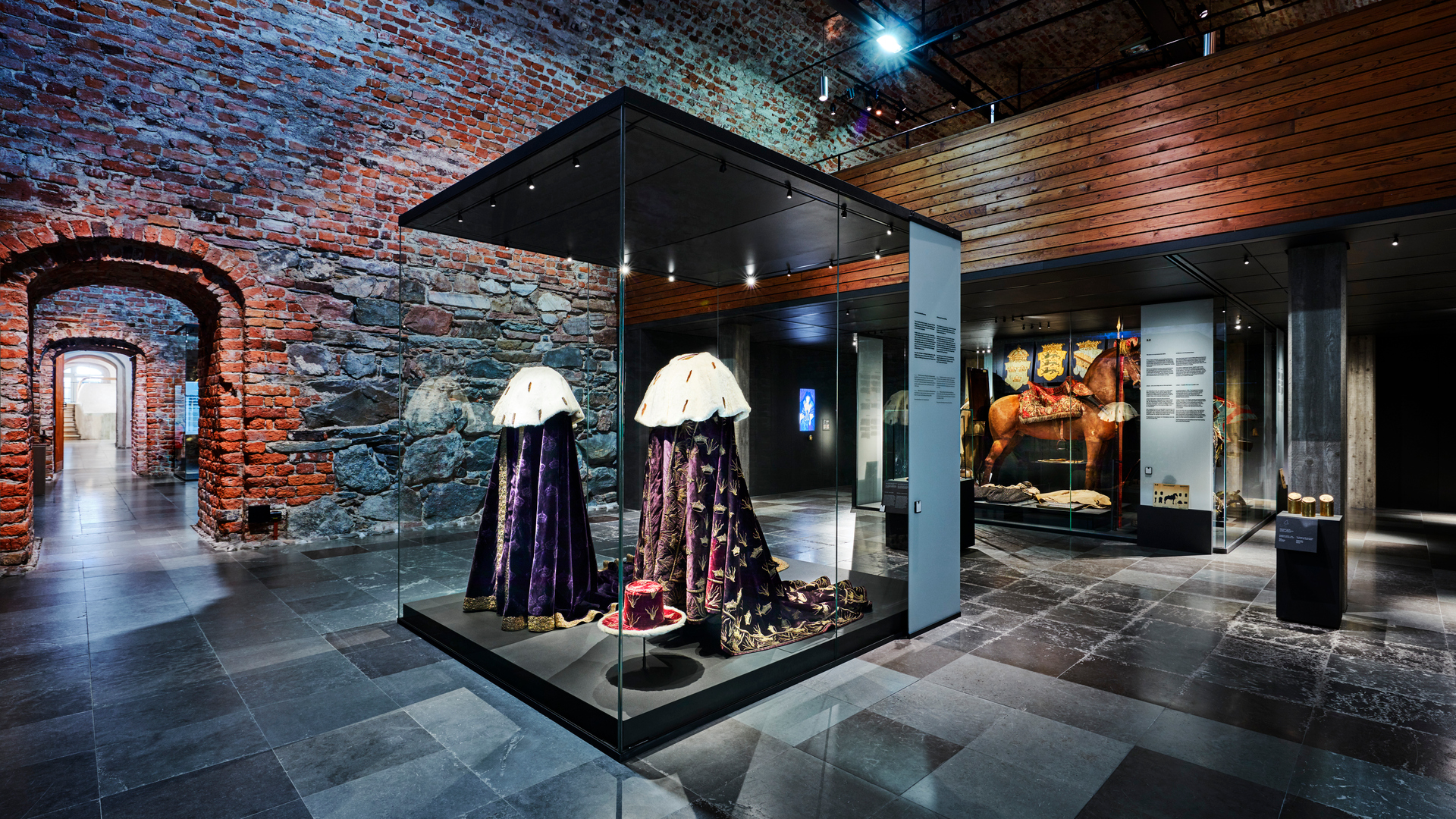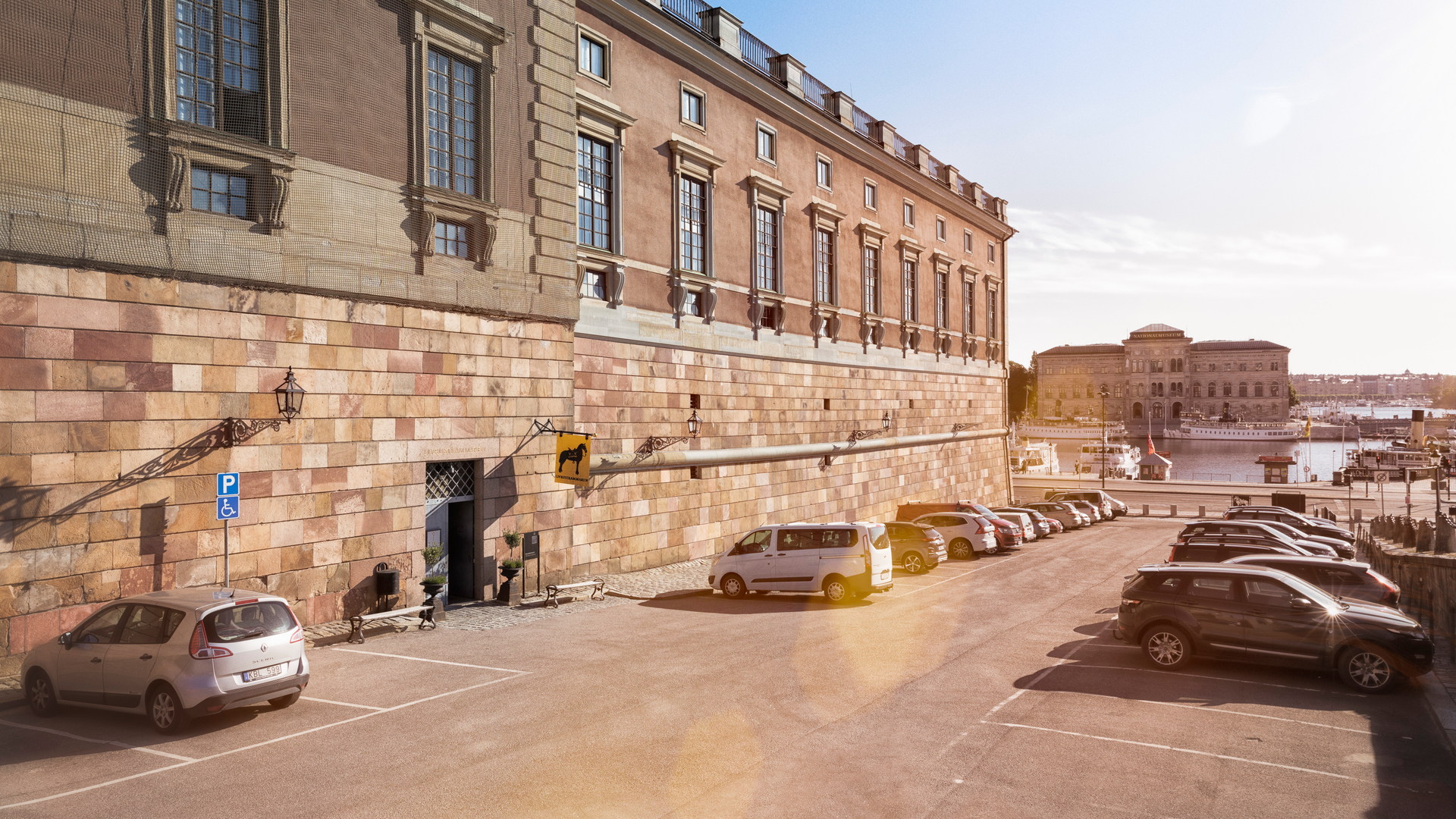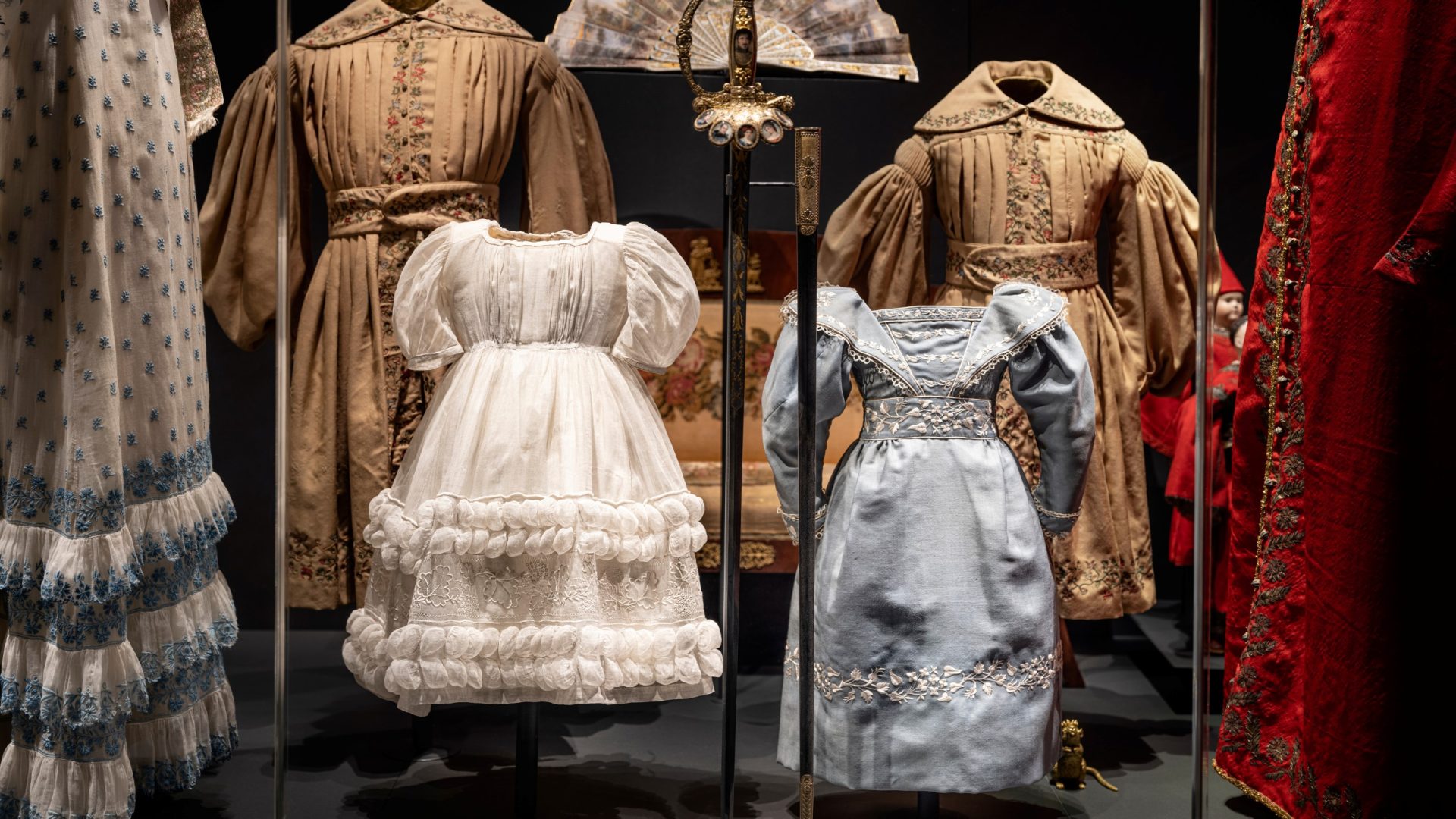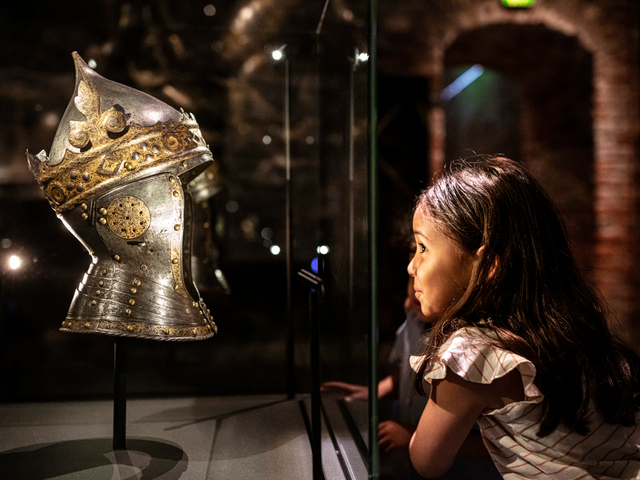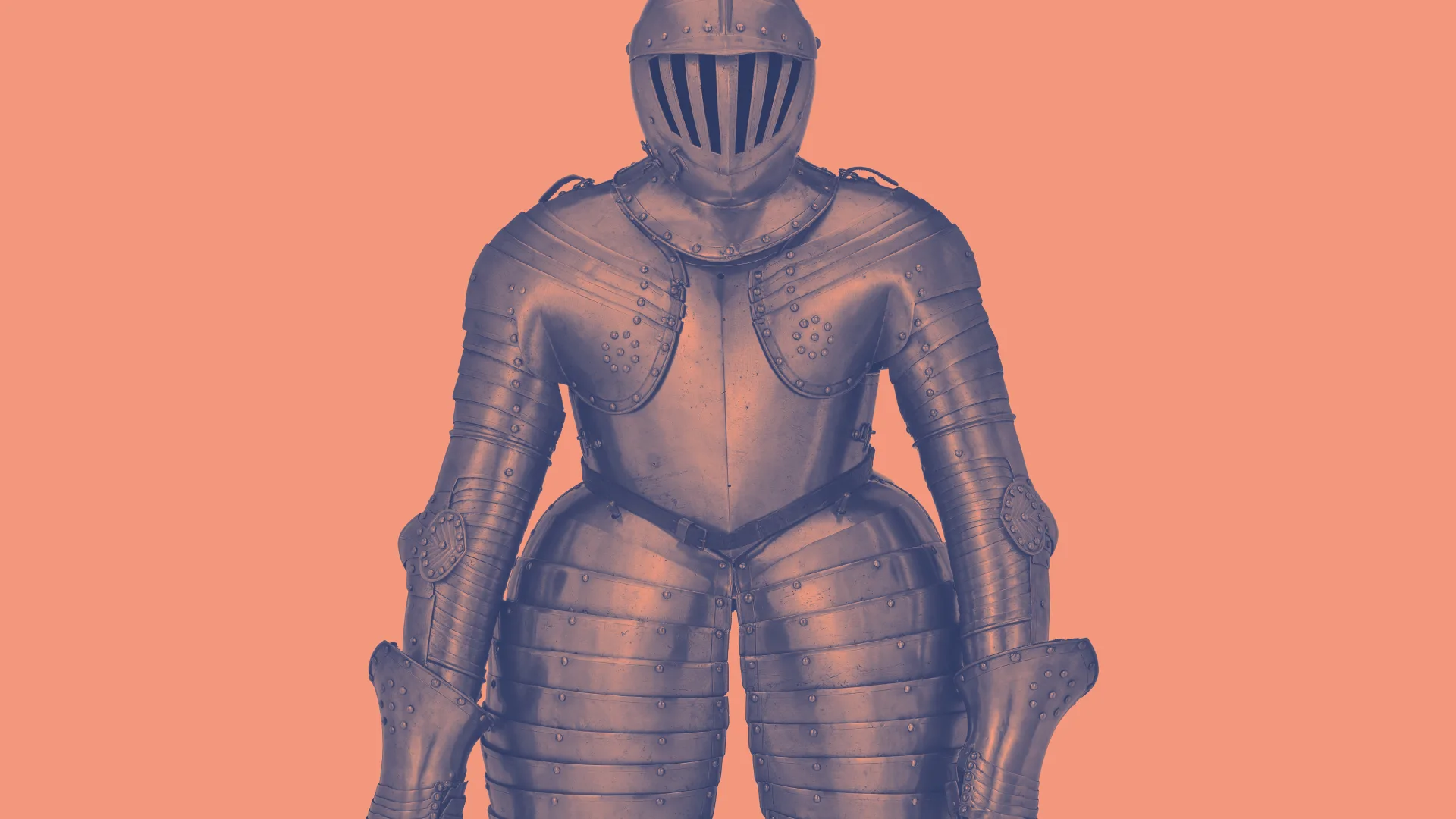
The Battle for Europe
War and Art during the Thirty Years' War
The Thirty Years' War, from 1618 to 1648, was Europe’s first major war. No war before the 20th century's world wars was as catastrophic. In its wake followed death, famine, and immense suffering.
The war has often been described as a religious war, a struggle between Catholicism and Protestantism, but it was also a fight for power in Europe with shifting loyalties. Almost all European states were involved. A major player was Sweden, which became a military superpower.
At the same time, art flourished. Precious objects moved across Europe over thirty years, finding new places and contexts. In the Royal Armoury's exhibition "The Battle for Europe: War and Art during the Thirty Years' War," this brutal and long event in European history is recounted.
With The Battle for Europe, the Royal Armoury continues to exemplarily highlight the role of culture as a tool of power.
Read the full exhibition review (in Swedish) on the Dagens Nyheter website
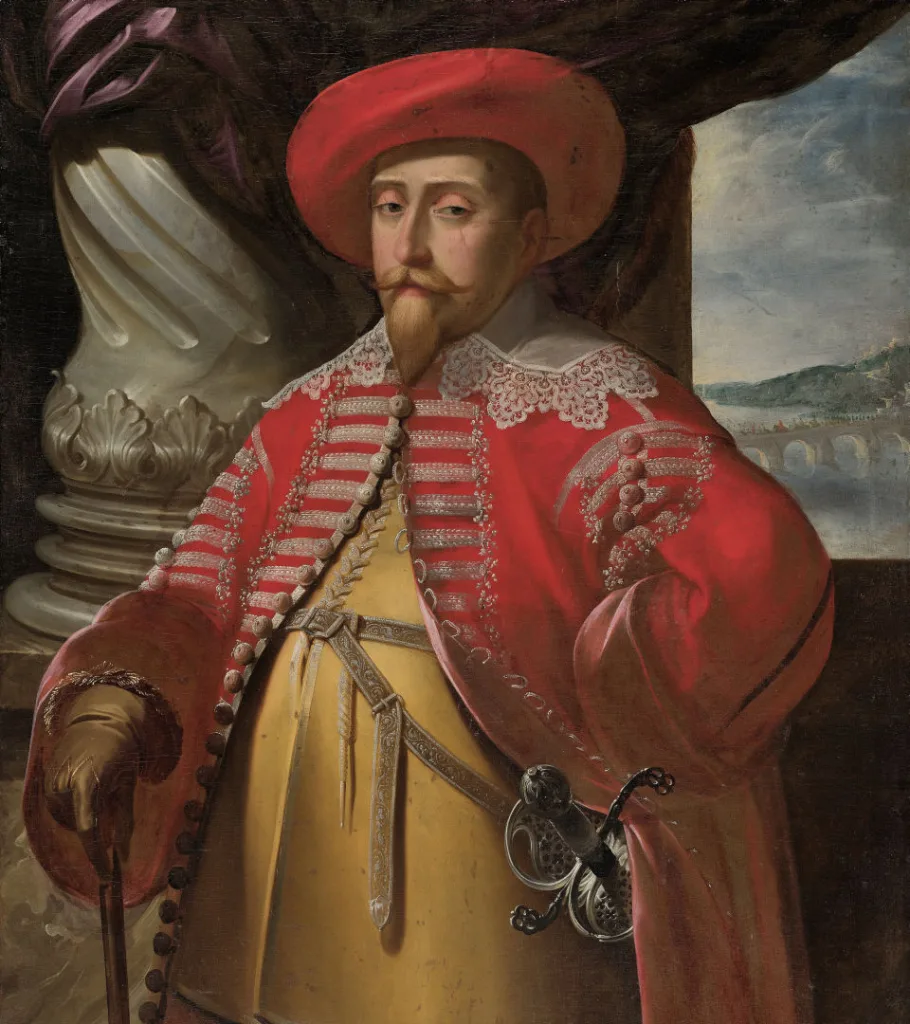
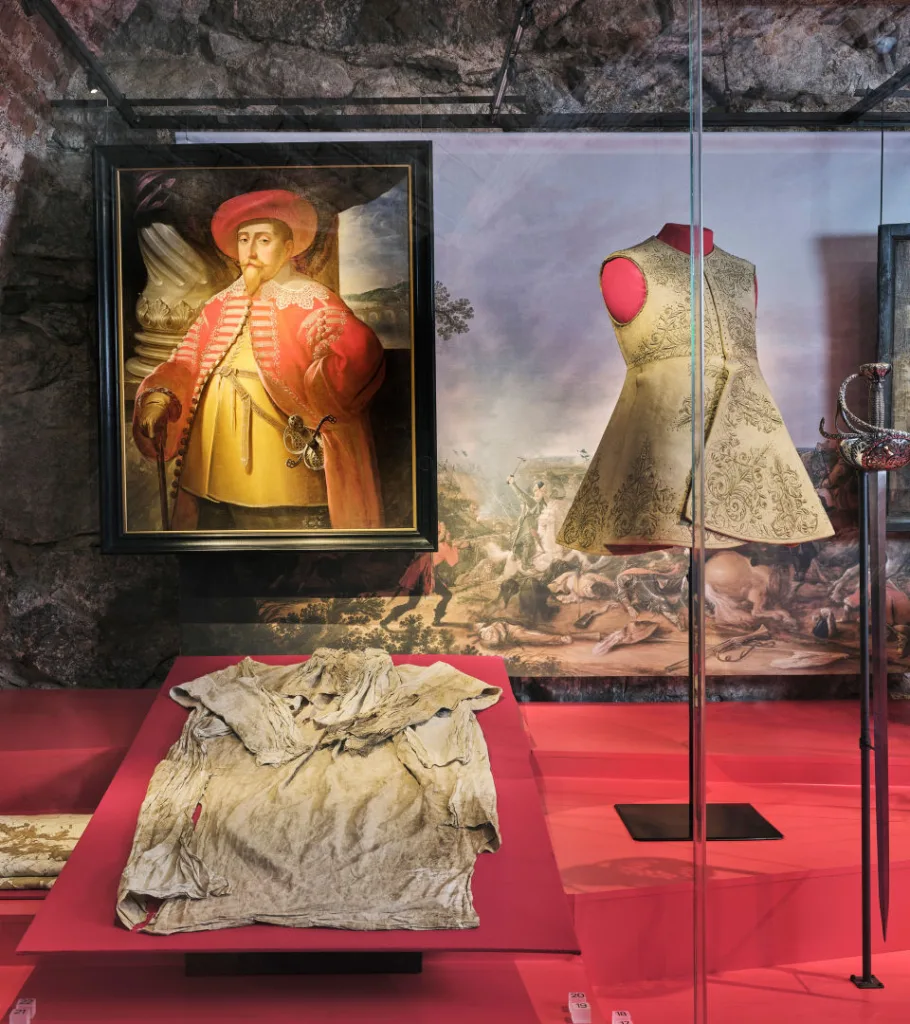
Portrait Gustavus Adolphus, from the collections of Skokloster Castle. His blood-stained shirt. Photo: Helena Bonnevier, The Royal Armoury/SHM, CC-BY 4.0.
We showcase artifacts—war mementos, armor, and weapons from the Thirty Years' War, as well as art objects and war spoils that became tools of power, gifts, and status symbols for princes and royalty. Today, they are still preserved, primarily in the Royal Armoury’s collections, but also at Skokloster Castle and the Swedish History Museum.
The exhibition is aimed at all history enthusiasts and provides an in-depth and educational view of the Thirty Years' War, focusing on the movement of war and art across Europe. There are also connections to the school curriculum, and the exhibition is part of the Royal Armoury's school program for grades 4-6.
Maps, digital interactives, and hands-on stations
Follow the movements of artists and art treasures across Europe’s map through our interactive digital stations. You can search for specific artists and artworks and trace their often dramatic journey through the Thirty Years' War in Europe.
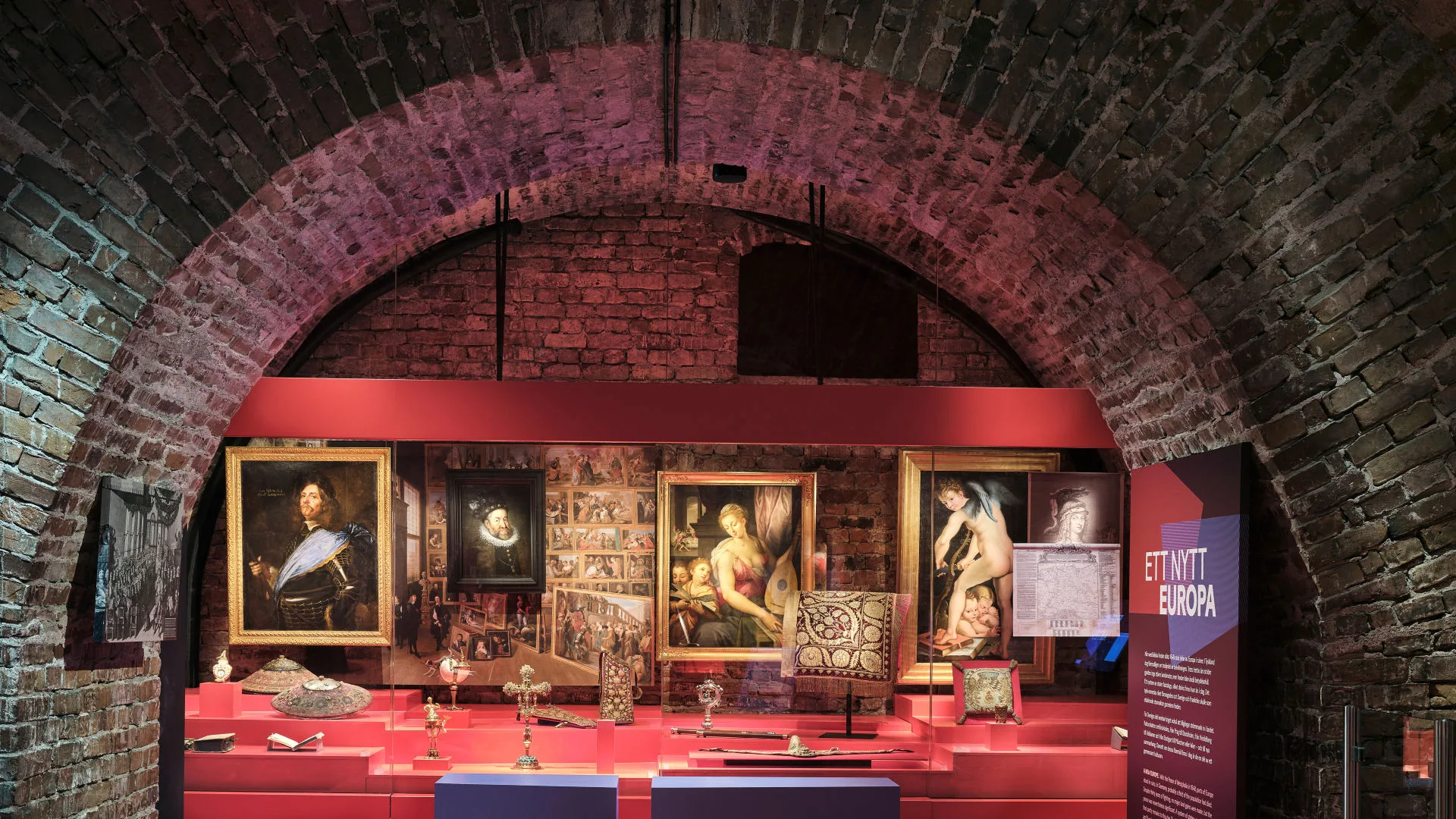
See the objects
Armour and weapons from the Thirty Years' War have been preserved in old noble armouries, in the Royal Armoury—or in churches as memorials of now often forgotten officers.
Gustav II Adolf’s bloodstained shirt
The shirt, made of fine linen with lace trimmings, was worn by King Gustav II Adolf at the time of his death in Lützen on November 6, 1632. It has been stained with blood from the gunshots and cuts he suffered. Large pieces have later been torn off by souvenir collectors. The displayed shirt is one of three he wore due to the cold climate during the war.
Impressive cavalry armour
Cavalry armour, also known as a half-armour for the heavy cavalry, "cuirassiers," probably made in Germany, in the first half of the 17th century. The helmet with visor, bulletproof breastplate and backplate, arm guards, and thigh guards were worn together with high leather boots. The cuirassier was armed with a sword and pistols kept in saddle holsters. This armor belongs to the collections of the Royal Armoury.
Beautiful art and design
Precious objects were used as symbols of power and were given as diplomatic gifts. Through beautiful and unusual items, as well as the abundance of treasures, the owner displayed their status and wealth.
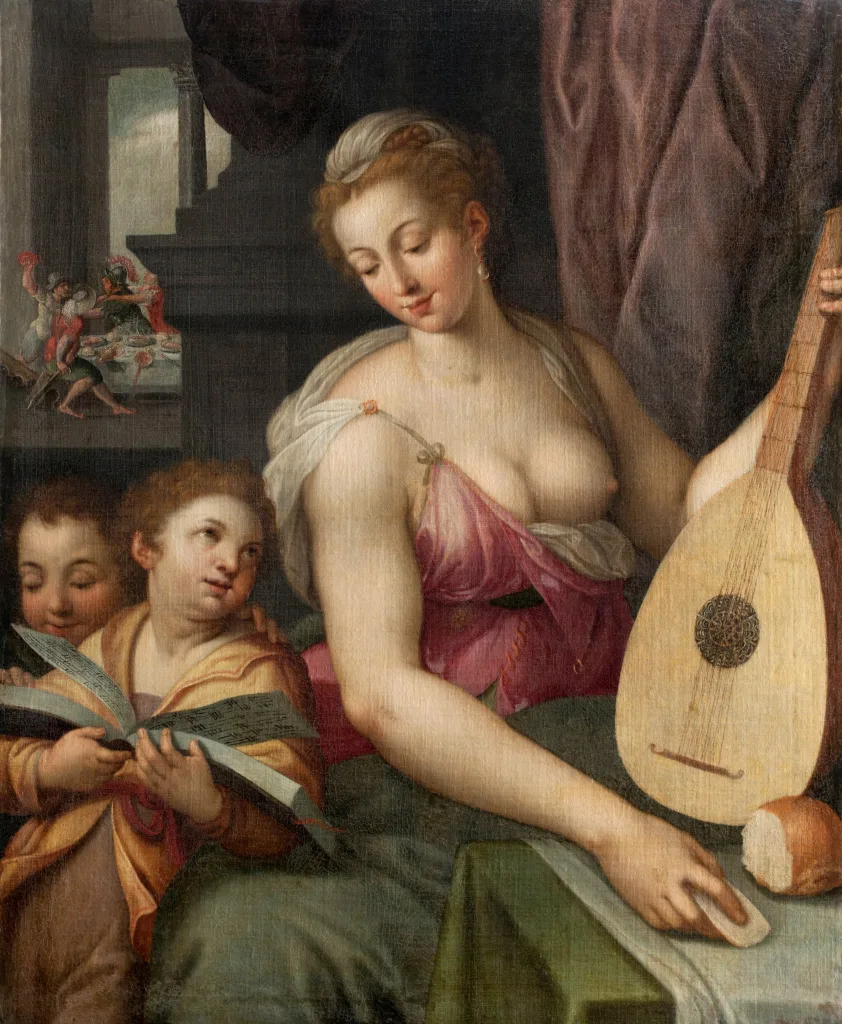
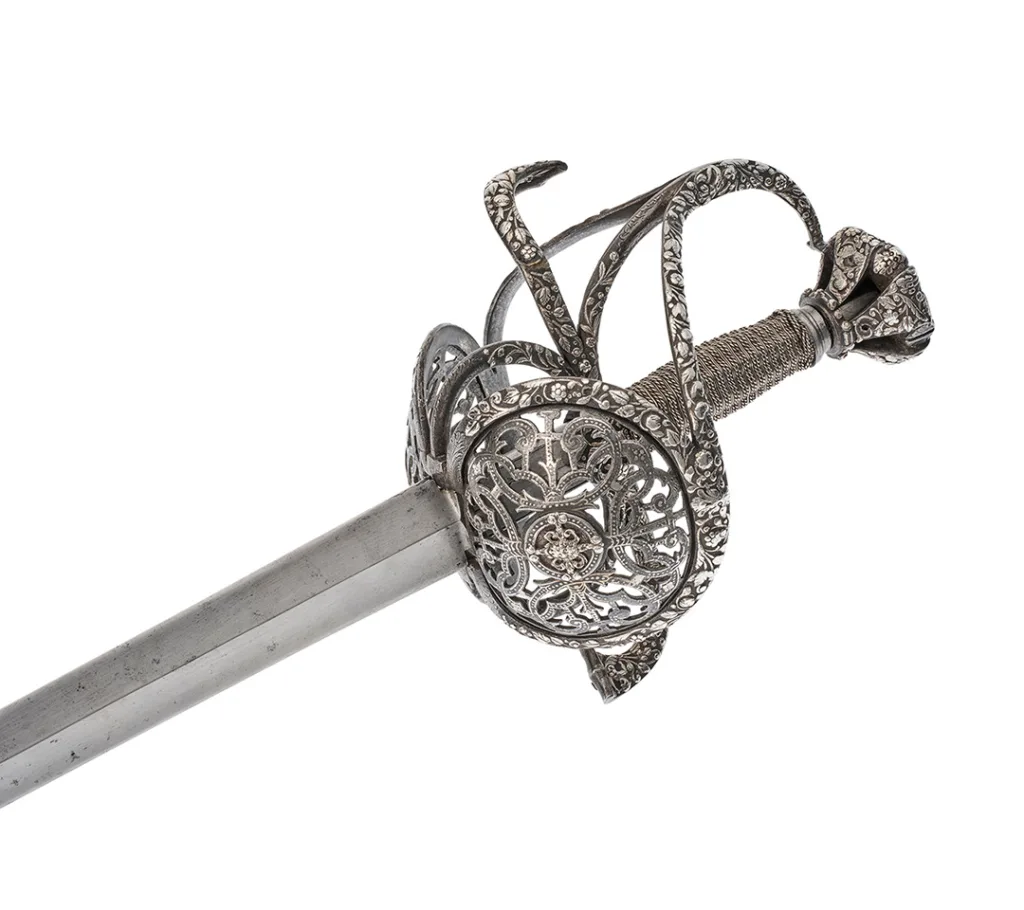
16th century oil painting in the collections of Skokloster castle. Photo: Jens Mohr. Rapier owned by Gustavus Adolphus, in the collections of the Royal Armoury. Photo: Helena Bonnevier. All images SHM, CC-BY 4.0.

I samarbete med
Bellum et Artes is a European collaboration project about war and art during the Thirty Years' War. Around ten museums and research institutions from Germany, Sweden, Belgium, Poland, Spain, and Italy are participating in the project. Through exhibitions and workshops at various locations, the role and significance of art for Europe’s shared cultural heritage are explored. The project is led by the Staatliche Kunstsammlungen Dresden and the Leibniz Institute for the History and Culture of Eastern Europe. The exhibition The Battle for Europe is the Royal Armoury’s contribution

